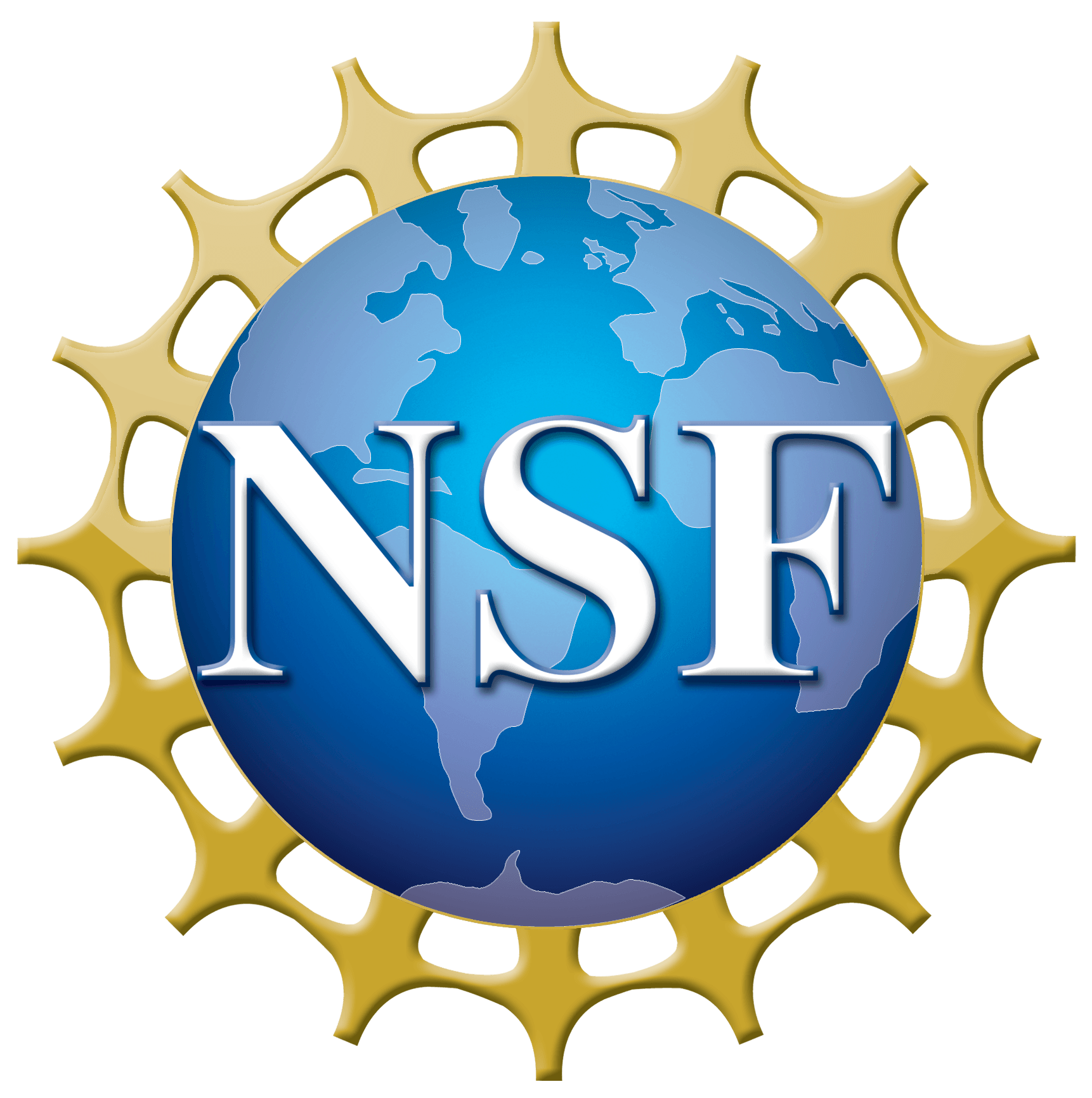Question: Toured the VLA facility in New Mexico on April 5 and was very impressed with the new public…
Select :
asteroid collisionasteroidsastronomical distance scalesatomsbig bangblack holesbright lights in the skybrown dwarfcareerscelestial eventschecker cabscometsconstellationscosmic distancescosmic microwave backgroundcosmic rayscosmologydark energydark matterdwarf planeteartheclipseeclipticeducationexoplanetsexpansion of the universegalaxiesgeneral relativitygravitational lensgravity wavesGreat Red SpotHoaxesHubble Space Telescope (HST)Interferometerinterferometryinterstellar moleculesionosphereJupitermagnetarsmarsmeteorsMH370milky wayMilky Way Galaxymoleculesmoonmoonsneutron starneutron starsNibirunight skyparallaxphysicsplanetsplutoproperties of lightPtolemypulsarsquasarsradar astronomyRadio Astronomyradio frequency interferenceradio interferometersradio recombination line emissionRadio TelescopeSatellite DishSchwarzschild Radiusscientific methodsearch for extraterrestrial intelligenceSETIsolar systemspace probesspacecraftstar formationstarssunsupernovasupernova remnantssupernovaetelescopestime dilationTrans Neptunian Objectstwin paradoxunexplained celestial observationsVenusVery Large ArrayVery Long Baseline Array (VLBA)Voyager 1weather
Can the VLA and VLBA be used to Detect Rouge Asteroids?
Question: I’m wondering if the VLA/VLBA dedicates any observation time keeping an eye out for rouge asteroids which might…
Can Radio Telescopes Detect the Black Box from Malaysian Airlines Flight 370?
I have received several questions about the detectability of the black box from MH370… Questions: Does not the Black…
Top Achievements for the NRAO Very Large Array
Question: I’m embarrassed to ask this, as I feel after working here for so long I should already know…
Can Brain Waves be Detected by a Satellite Radio Telescope Array?
Question: I have a question that pertains both to space and life on the ground. It is my theory…
Where Did the Original VLA Railroad Ties Come From?
Question: I please was curious to ask about the VLA located between Datil and Magdalena, NM — is it…





